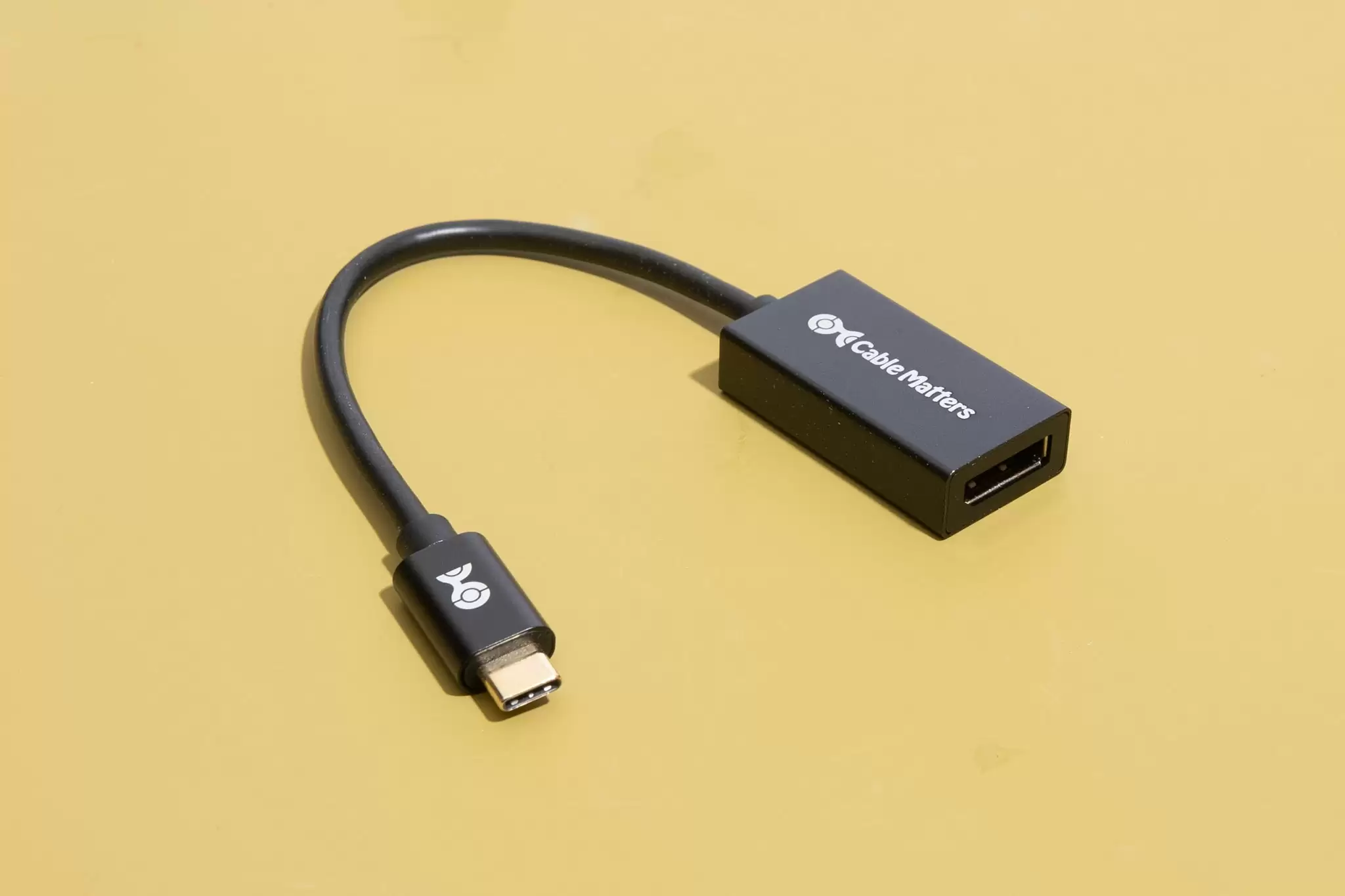How does a USB-C to S-Video to DisplayPort adapter work?


USB-C to S-Video to DisplayPort adapters are a technological marvel that allow users to connect devices with different types of ports and enjoy seamless connectivity. These adapters are particularly useful when you have a device with a USB-C port and want to connect it to a display or projector that only supports S-Video or DisplayPort. In this article, we will explore how USB-C to S-Video to DisplayPort adapters work and how they enable smooth data transfer and video output.
Understanding USB-C
USB-C, also known as USB Type-C, is a versatile and powerful connectivity standard that has gained popularity in recent years. It is a small, reversible connector that can transmit both power and data. USB-C ports can be found on a wide range of devices, including laptops, smartphones, tablets, and even some monitors.
What is S-Video?
S-Video, short for Separate Video, is an analog video signal that carries video information in two separate channels: one for color (chrominance) and one for brightness (luminance). S-Video was commonly used in older devices, such as VCRs, DVD players, and older TVs. It provides better video quality compared to composite video, which combines color and brightness signals into a single channel.
Understanding DisplayPort
DisplayPort is a digital display interface that allows for high-resolution video and audio transmission. It is commonly found on modern computers, monitors, and graphics cards. DisplayPort supports various video resolutions and refresh rates, making it ideal for gaming, video editing, and other demanding applications.
How does the adapter work?
USB-C to S-Video to DisplayPort adapters work by converting the USB-C signal into either S-Video or DisplayPort signal, depending on the connected device. Here’s a step-by-step breakdown of how the adapter functions:
1. The USB-C end of the adapter is plugged into the USB-C port of the source device, such as a laptop or smartphone.
2. The adapter recognizes the USB-C signal and converts it into an S-Video or DisplayPort signal, depending on the type of adapter.
3. If the adapter is converting the USB-C signal to S-Video, it will output the S-Video signal through its S-Video port. This allows you to connect the adapter to a display or projector that only supports S-Video.
4. If the adapter is converting the USB-C signal to DisplayPort, it will output the DisplayPort signal through its DisplayPort port. This allows you to connect the adapter to a monitor or TV that only supports DisplayPort.
5. The connected display or projector receives the S-Video or DisplayPort signal and displays the video output accordingly.
Benefits of USB-C to S-Video to DisplayPort adapters
USB-C to S-Video to DisplayPort adapters offer several benefits, including:
1. Versatility: These adapters allow you to connect devices with different port types, expanding the range of devices you can connect and use together.
2. Convenience: With a single adapter, you can connect your USB-C device to displays or projectors that only support S-Video or DisplayPort, eliminating the need for multiple adapters or cables.
3. High-quality video output: These adapters ensure that the video signal is converted accurately, maintaining the quality of the original signal. This means you can enjoy high-resolution video and vibrant colors on your connected display or projector.
4. Plug-and-play functionality: USB-C to S-Video to DisplayPort adapters are typically plug-and-play, meaning you can simply connect them to your devices without the need for additional software or drivers.
5. Portability: These adapters are compact and lightweight, making them easy to carry around and use on the go. Whether you’re giving a presentation or watching a movie, you can easily connect your USB-C device to a compatible display or projector.
In conclusion, USB-C to S-Video to DisplayPort adapters are a valuable piece of technology that enables seamless connectivity between devices with different port types. By converting the USB-C signal into either S-Video or DisplayPort, these adapters allow you to connect your USB-C device to displays or projectors that only support S-Video or DisplayPort. With their versatility, convenience, and high-quality video output, USB-C to S-Video to DisplayPort adapters are a must-have accessory for anyone looking to expand their connectivity options.
Recent Posts
How do I create an engaging and informative online quiz or assessment?
Creating an engaging and informative online quiz or assessment can be a powerful tool for… Read More
What are the most effective methods for managing and reducing work-related stress in the hospitality industry?
Work-related stress is a common issue in the hospitality industry, where employees often face long… Read More
How can I improve my assertiveness and communication skills in a leadership position?
In a leadership position, assertiveness and effective communication skills are crucial for success. Being able… Read More
What are the key elements of a successful employee recognition and rewards program?
Employee recognition and rewards programs play a crucial role in motivating and engaging employees, as… Read More
How do I effectively manage and respond to customer feedback and reviews?
Customer feedback and online reviews play a crucial role in shaping a company's reputation and… Read More
What are the best strategies for effective time management as a stay-at-home parent?
Effective time management is crucial for stay-at-home parents who juggle multiple responsibilities on a daily… Read More